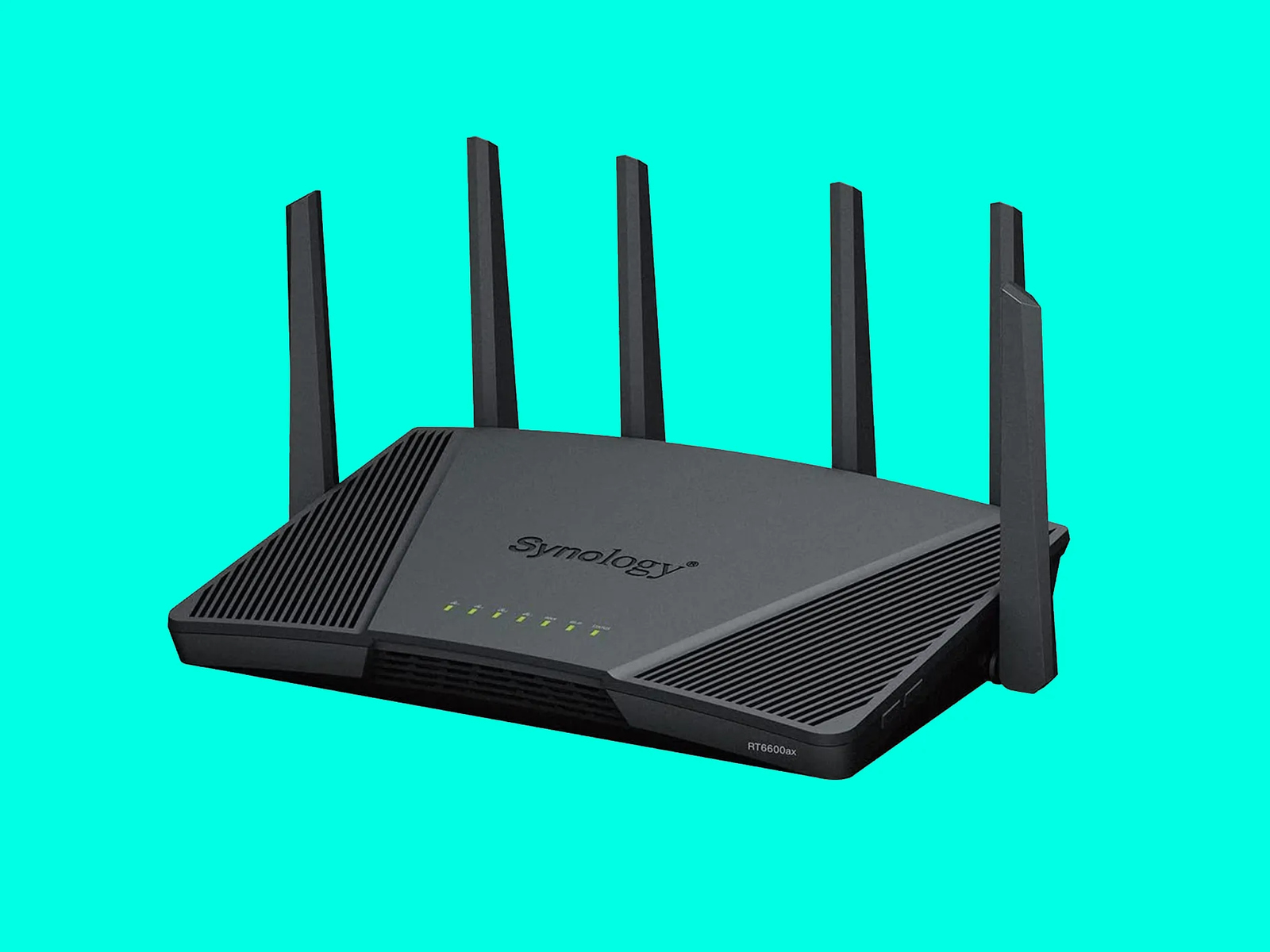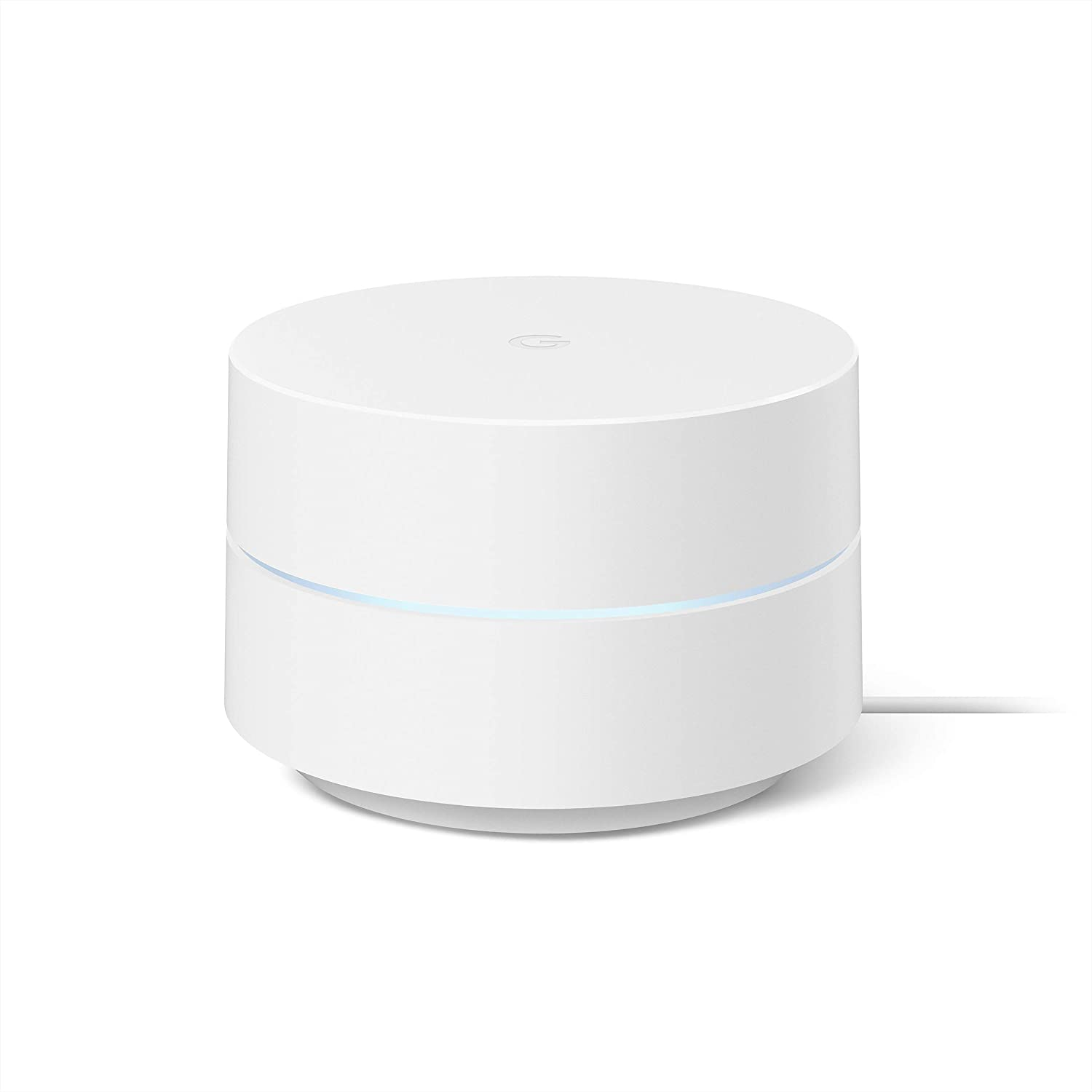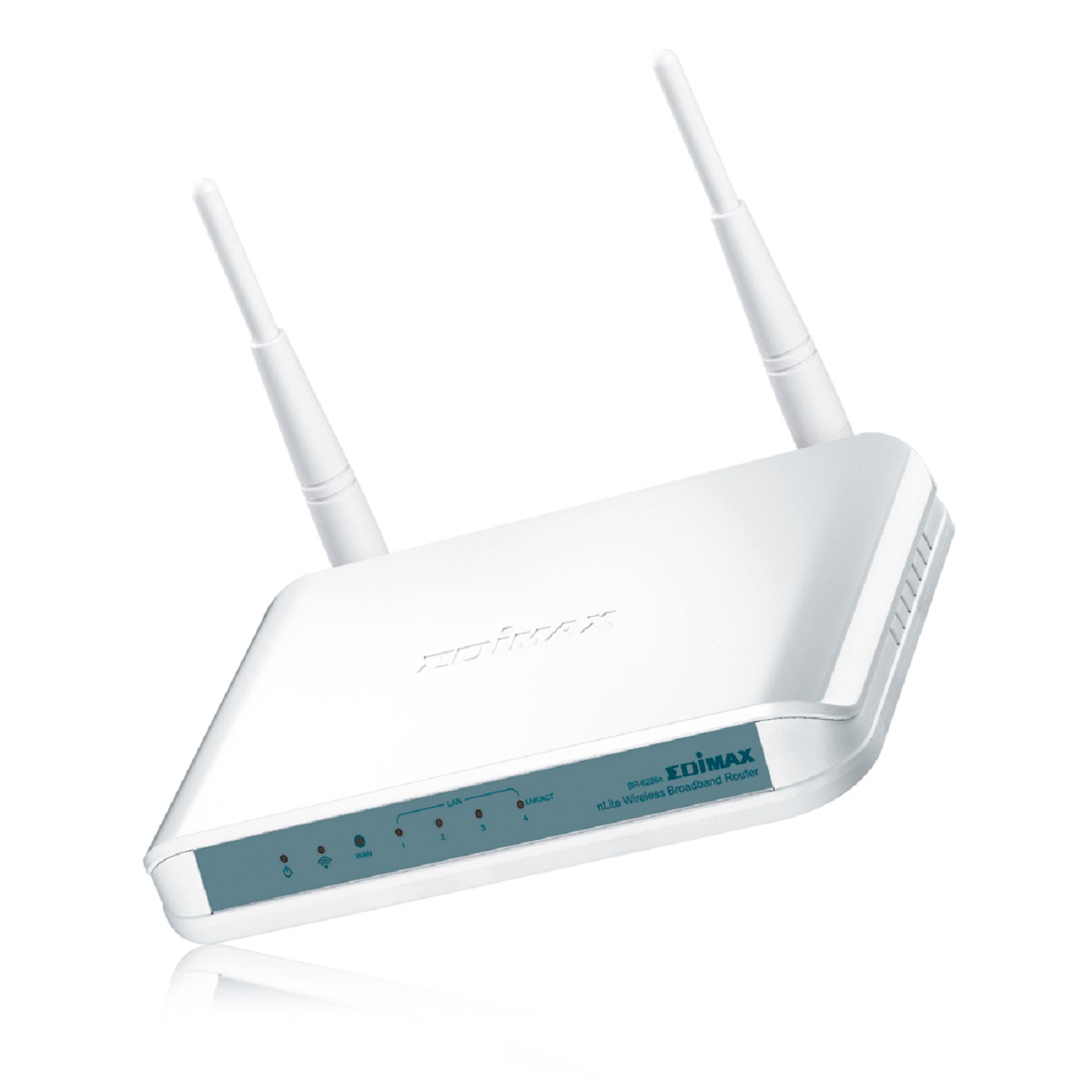Introduction
A wireless router can serve not only as a device for connecting multiple devices to the internet, but also as an access point to extend the coverage of your existing network. By setting up a wireless router as an access point, you can eliminate dead zones in your home or office and ensure a stable and reliable wireless connection in all areas.
In this article, we will guide you through the process of setting up a wireless router as an access point. This method is particularly useful if you have a spare router that you want to repurpose or if you want to expand the Wi-Fi coverage in your home without investing in additional hardware. By following these steps, you can easily turn your router into an access point and enjoy seamless connectivity throughout your space.
Before we dive into the step-by-step process, it’s important to note that every router model may have slightly different settings and options. However, the general principles and concepts remain the same. Make sure to consult your router’s user manual or the manufacturer’s website for specific instructions that pertain to your device. With that said, let’s get started on transforming your wireless router into an access point.
Step 1: Connect the router to your computer
The first step in setting up your wireless router as an access point is to establish a physical connection between the router and your computer. This can be done using an Ethernet cable.
To begin, locate the Ethernet ports on both the router and your computer. The Ethernet port on the router is typically labeled as “LAN” or “WAN,” while the Ethernet port on your computer is usually found on the back or side.
Once you’ve identified the Ethernet ports, take one end of the Ethernet cable and insert it into the LAN port of the router. Then, connect the other end of the cable to the Ethernet port of your computer.
After ensuring a secure physical connection, power on both the router and your computer. Wait for a few moments to allow them to fully boot up and establish a stable connection.
During this step, it’s important to ensure that the Ethernet cable is securely plugged into both the router and your computer. A loose connection can lead to connectivity issues and affect the overall performance of your access point.
Once the router and computer are successfully connected, you can move on to the next step of accessing the router settings page to configure it as an access point.
Step 2: Access the router settings page
After connecting your router to the computer, the next step is to access the router’s settings page. This is where you can configure the necessary settings to turn your router into an access point.
To access the router’s settings page, open a web browser on your computer and type in the default IP address of the router into the address bar. Common default IP addresses for routers include 192.168.1.1 or 192.168.0.1. If you are unsure of the default IP address, refer to your router’s manual or visit the manufacturer’s website for assistance.
Once you have entered the IP address into the address bar, press Enter. You will be directed to the router’s login page. Here, you may be asked to enter a username and password to access the settings. If you haven’t changed these credentials, the default username and password can usually be found in the router’s manual or on the manufacturer’s website.
Upon successfully logging in, you will be granted access to the router’s settings page. The layout and organization of the settings may vary depending on the router brand and model.
It’s important to note that accessing the router’s settings page requires administrative privileges. If you are setting up the access point on a router that is already operating as your main router, ensure that you are logged in as the administrator or have the necessary permissions to modify the settings.
Once you have accessed the router’s settings page, you are ready to move on to the next step of disabling DHCP on the router to avoid conflicts with the main network.
Step 3: Disable DHCP on the router
Disabling the Dynamic Host Configuration Protocol (DHCP) on the router is a crucial step in setting up your router as an access point. DHCP is responsible for assigning IP addresses to devices on a network. By disabling DHCP, you prevent the access point from conflicting with the main network’s DHCP server.
To disable DHCP on the router, navigate to the settings page and locate the DHCP settings. This may be found under a section labeled “Network Settings” or “LAN Setup.” Once you have located the DHCP settings, select the option to disable DHCP.
After disabling DHCP, you will need to assign the router an IP address within the range of your main network. This IP address should be outside the range of the DHCP IP address pool on the main router. To do this, specify a static IP address for the router in the same subnet as the main network.
For example, if the main router’s IP address is 192.168.1.1 and the DHCP IP address pool is set to assign addresses from 192.168.1.100 to 192.168.1.200, you can assign the access point a static IP address of 192.168.1.2.
By assigning a static IP address to the access point, you ensure that it remains on the same network as the main router and can communicate effectively.
Once you have disabled DHCP and assigned a static IP address to the router, save the settings. The router will restart to apply the changes.
With DHCP disabled, the router is now ready to be configured as an access point. In the next step, we will configure the wireless settings to establish a wireless connection between devices and the access point.
Step 4: Configure the wireless settings
After disabling DHCP and assigning a static IP address to the router, the next step is to configure the wireless settings. This will allow devices to connect to the access point wirelessly and access the network.
On the router’s settings page, navigate to the wireless settings section. Here, you will find options to configure the SSID (network name), security settings, and channel selection.
Start by setting a unique SSID for the access point. This is the name that will appear when devices search for available Wi-Fi networks. Choose a name that is different from the SSID of your main router to avoid confusion.
Next, choose a security option for the access point. It is recommended to select WPA2-PSK (Wi-Fi Protected Access II with Pre-Shared Key) as the security type, as it provides a high level of encryption for secure connections. Create a strong password for the access point, ensuring it is a combination of letters, numbers, and special characters.
Additionally, you may need to select a wireless channel for the access point. It is best to choose a channel that is different from the one used by your main router, especially if you are setting up multiple access points. This will help prevent interference and ensure a stable wireless connection.
After configuring the wireless settings, save the changes and wait for the router to restart if necessary. The access point is now ready to be connected to the main network.
In the next step, we will connect the router to the main network to establish a seamless connection between the access point and the existing network.
Step 5: Connect the router to the main network
Now that the access point’s wireless settings are configured, it’s time to connect the router to the main network to establish a seamless connection.
Start by disconnecting the Ethernet cable that is currently connected to your computer. Take one end of the cable and connect it to an available LAN port on your main router. Then, connect the other end of the cable to the WAN port on the access point router.
By connecting the access point router to the main router in this manner, you effectively extend the network coverage and enable devices connected to the access point to communicate with the devices on the main network.
Once the physical connection is established, power on the access point router. It will take a moment for the router to boot up and establish a connection with the main network.
After the router is fully booted up and connected to the main network, it’s time to test the access point’s functionality.
In the next step, we will cover how to test the access point to ensure that it is functioning as intended and providing reliable wireless connectivity.
Step 6: Test the access point functionality
Now that the access point is connected to the main network, it’s important to test its functionality to ensure that devices can connect to it and access the network seamlessly.
First, make sure that the access point router is powered on and functioning properly. Check the LED indicators on the router to ensure that it is receiving power and that the wireless connection is active.
Next, grab a wireless device such as a laptop, smartphone, or tablet. Make sure that the wireless function is enabled on the device and search for available Wi-Fi networks. You should see the SSID you set for the access point router appear in the list of available networks.
Select the access point’s SSID from the list and enter the password you set in the wireless settings. Once connected, your device should obtain an IP address from the main network’s DHCP server and have internet access.
Perform a few internet speed tests and check if the connection is stable and reliable. Also, move around the space to ensure that the Wi-Fi coverage from the access point is adequate and eliminates any previous dead zones.
If everything is working correctly, congratulations! You have successfully set up your wireless router as an access point. Devices can now connect to the access point and enjoy a strong and stable wireless connection.
If you encounter any issues, make sure to double-check the wireless settings, including the SSID and password. Also, verify the physical connections between the access point router and the main router.
In the final step, we will cover the optional process of mounting the router as an access point to optimize its placement.
Step 7: Mount the router as an access point
Mounting the router as an access point is an optional step but can be beneficial in optimizing its placement for better Wi-Fi coverage. By mounting the access point router, you can position it in a location that maximizes signal strength and minimizes interference.
Start by selecting a suitable location for the access point. Ideally, this should be a central location within the area you want to cover with Wi-Fi. It should also be away from obstructions such as walls or large objects that can interfere with the wireless signal.
Before mounting the router, check if it has mounting brackets or screw holes. If it does, you can use these to securely attach it to a wall or ceiling. If not, you can use adhesive strips or hooks to mount the router on a flat surface.
Ensure that the router is positioned upright or in a way that aligns with the recommended orientation specified in the router’s manual. This will help optimize signal propagation.
Once the router is securely mounted, power it on and verify that the Wi-Fi network is still accessible and functioning properly. Perform another round of testing to ensure that the wireless signal strength has improved in the desired areas.
If you find that the coverage is still not sufficient or there are areas with weak signals, consider adding additional access points or Wi-Fi range extenders to further expand coverage.
It’s worth noting that the power source for the access point router should be readily accessible when mounting it. This will make it easier to troubleshoot or make any necessary changes to the setup in the future.
By mounting the router as an access point, you can ensure that the wireless signal is optimized for better coverage and performance throughout your space.
Congratulations! You have successfully set up and mounted your wireless router as an access point. Enjoy the extended Wi-Fi coverage and improved connectivity in your home or office.

























